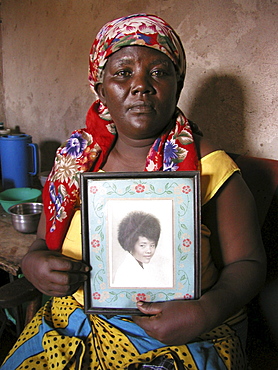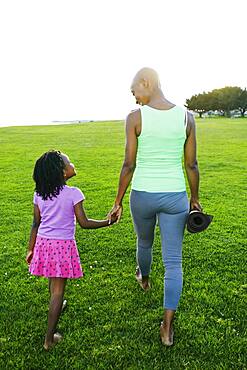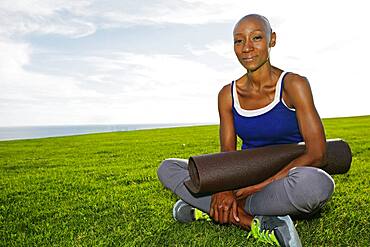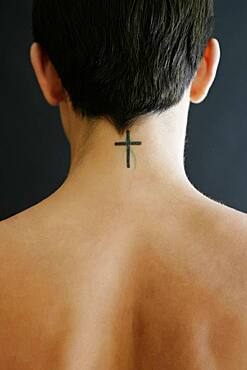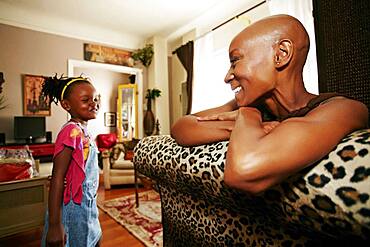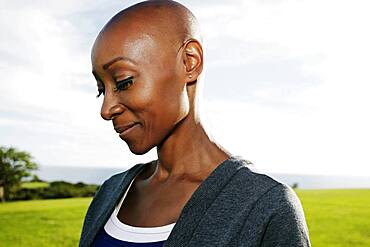Results
7 results found
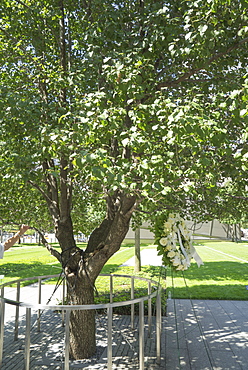
A callery pear tree now known as the Survivor Tree, 9/11 Memorial. World Trade Center, Manhattan, New York City, New York, United States of America, North America
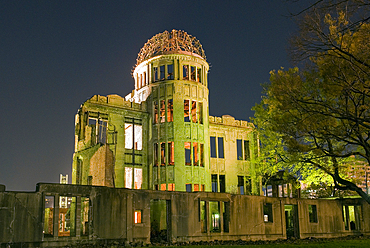
Peace Memorial called the Genbaku Dome or A-Bomb Dome, one of the few buildings remained standing after the atomic bombing of Hiroshima on 6 August 1945, Hiroshima, Japan
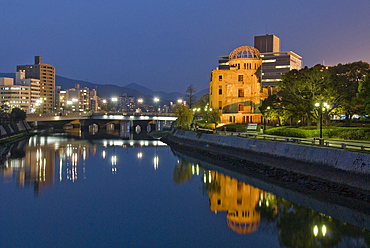
Peace Memorial called the Genbaku Dome or A-Bomb Dome, one of the few buildings remained standing after the atomic bombing of Hiroshima on 6 August 1945, Hiroshima, Japan

Peace Memorial called the Genbaku Dome or A-Bomb Dome, one of the few buildings remained standing after the atomic bombing of Hiroshima on 6 August 1945, Hiroshima, Japan
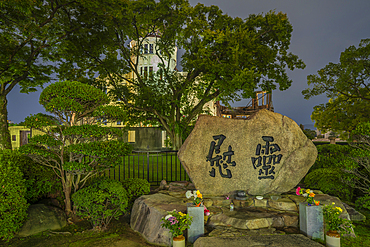
The skeletal ruins of the A-Bomb Dome at dusk, Hypocenter, Hiroshima Peace Memorial, UNESCO, Hiroshima, Honshu, Japan
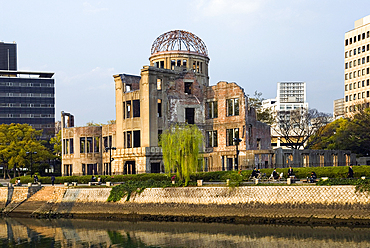
Peace Memorial called the Genbaku Dome or A-Bomb Dome, one of the few buildings remained standing after the atomic bombing of Hiroshima on 6 August 1945, Hiroshima, Japan
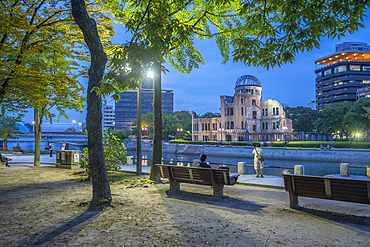
View of the skeletal ruins of the A-Bomb Dome from Hiroshima Peace Gardens at dusk, UNESCO, Hiroshima, Honshu, Japan
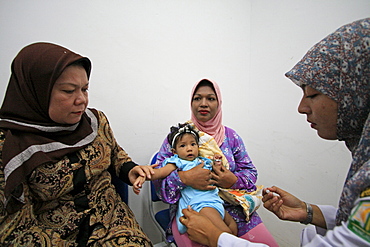
Indonesia mother child built in banda aceh by. Baby receiving immunization shot. Photograph taken in banda aceh, -december 2006, 2 years after tsunami of december 26th 2004 devasted much of coastal region. Taken to illustrate reconstruction work projects of (catholic relief services) of sponsored photo tour

Hardest hit was a 650 kilometers stretch of the somali coastline between garacad (mudung region) and xaafuun (bari region), which forms part of the puntland province near the horn of africa. The tsunami resulted in the death of some 300 people and extensive destruction of shelters, houses and water sources as well as fishing gear. The livelihoods of many people residing in towns and small villages along the somali indian ocean coastline, particularly in the northern regions, were devastated
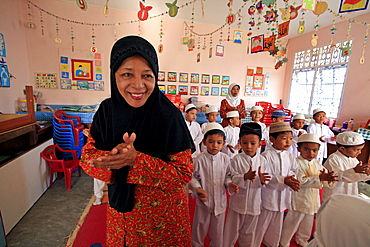
Indonesia a kindergarten in banda aceh which lost many of children to tsunami, been rebuilt. schools director halimah anwar bustam (seen here in foreground) describes horrors suffered: area kids came from completely flattened by waves. On that fateful sunday children were in their homes, or many were already on beach having. So many died that morning. It devastating. Only we getting things back together, very grateful to helping with reconstruction of damaged building. staff give up a portion of their (already) salaries to sponsor poor children from outlying villages to come to school. structure includes offices staff, a library, prayer room wheelchair accessible classroom.__ Photograph taken in banda aceh, -december 2006, 2 years after tsunami of december 26th 2004 devasted much of coastal region. Taken to illustrate reconstruction work projects of (catholic relief services) of sponsored photo tour
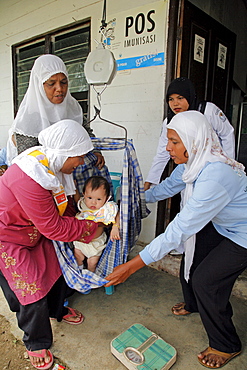
Indonesia growth monitoring (baby weighing) at a posyandu, or mother-child temporary health post in village of paya lumpat. Photograph taken in meulaboh, aceh province -december 2006, 2 years after tsunami of december 26th 2004 devastated much of coastal region. Taken to illustrate reconstruction work projects of (catholic relief services) of sponsored photo tour
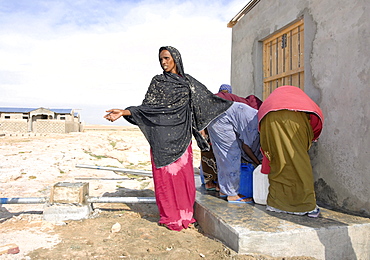
Hardest hit was a 650 kilometers stretch of the somali coastline between garacad (mudung region) and xaafuun (bari region), which forms part of the puntland province near the horn of africa. The tsunami resulted in the death of some 300 people and extensive destruction of shelters, houses and water sources as well as fishing gear. The livelihoods of many people residing in towns and small villages along the somali indian ocean coastline, particularly in the northern regions, were devastated
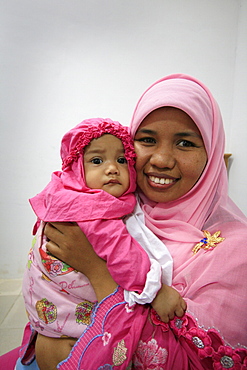
Indonesia mother child built in banda aceh by. Photograph taken in banda aceh, -december 2006, 2 years after tsunami of december 26th 2004 devasted much of coastal region. Taken to illustrate reconstruction work projects of (catholic relief services) of sponsored photo tour
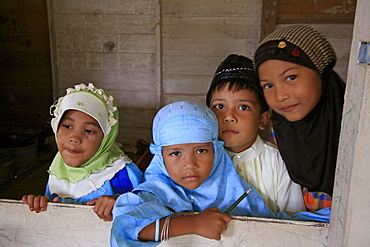
Indonesia muslim girls at a koranic -school in banda aceh. Photograph taken in banda aceh, -december 2006, 2 years after tsunami of december 26th 2004 devasted much of coastal region. Taken to illustrate reconstruction work projects of (catholic relief services) of sponsored photo tour
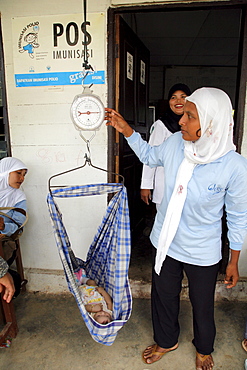
Indonesia growth monitoring (baby weighing) at a posyandu, or mother-child temporary health post in village of paya lumpat. Photograph taken in meulaboh, aceh province -december 2006, 2 years after tsunami of december 26th 2004 devastated much of coastal region. Taken to illustrate reconstruction work projects of (catholic relief services) of sponsored photo tour
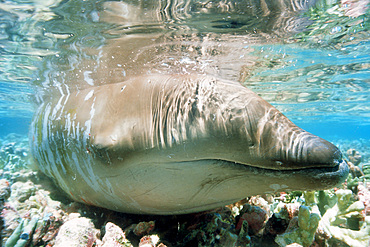
Beaked Whale stranded on coral reef during low tide, Mesoplodon sp., Mili, Marshall Islands (N. Pacific)..
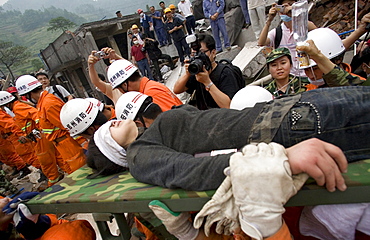
Earthquake survivor Bian Gangfen directly after she was rescued from the rubble of a collapsed building in Yinghua.

An adolescent Pashtun girl shields her face as she carries water through the streets of the Meira camp for earthquake survivors, Northwest Frontier Province, Pakistan. The conservative code of the Pashtun tribe of the area dictate that girls must cover themselves, including their faces, after their first period. The crowded life in the camp has made such rules difficult to follow. The Meira Tent camp (also called Mera, or Maria camp), is located on the Indus River in the Battagram district. The camp, the largest for displaced people in Pakistan, hosts over 21,000 earthquake survivors, primarily from the Allai valley in Pakistan's NWFP, one of the areas worst-hit by the October 8, 2005 earthquake.
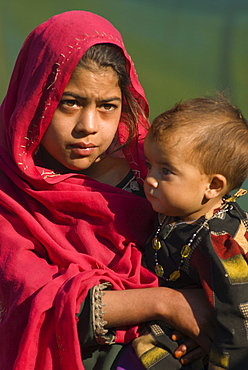
A Pashtun girl holds her younger brother, in the Meira camp for earthquake survivors in the Northwest Frontier Province, Pakistan. The Meira Tent camp (also called Mera, or Maria camp), is located on the Indus River in the Battagram district. The camp, the largest for displaced people in Pakistan, hosts over 21,000 earthquake survivors, primarily from the Allai valley in Pakistan's NWFP, one of the areas worst-hit by the October 8, 2005 earthquake.

A Pashtun man stands outside the Cuban hospital in the Meira camp for earthquake survivors, NWFP, Pakistan. The Cuban government sent 30,000 doctors, nurses and other personnel to set up field hospitals throughout the earthquake affected area. The Meira Tent camp (also called Mera, or Maria camp), is run by the Pakistani army like a small city, and is located on the Indus River in the Battagram district. The camp, the largest for displaced people in Pakistan, hosts over 21,000 earthquake survivors, primarily Pashtuns from the Allai valley in Pakistan's NWFP, one of the areas worst-hit by the October 8, 2005 earthquake.
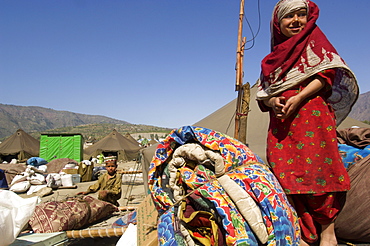
A girl in the Meira tent camp for earthquake survivors stands on top of a pile of her family's belongings as they wait for transportation from the camp, where they have spent the winter, back to their devastated mountain village, in the NWFP, Pakistan. The Pakistani army, which runs the camp, has mandated that the camps be cleared by early April, despite the fact that many families are afraid or unprepared to return to their devastated homes. The Meira Tent camp (also called Mera, or Maria camp), is located on the Indus River in the Battagram district. The camp, the largest for displaced people in Pakistan, hosts over 21,000 earthquake survivors, primarily from the Allai valley in Pakistan's NWFP, one of the areas worst-hit by the October 8, 2005 earthquake.

In the Meira camp for earthquake survivors, two Pashtun men sit by piles of family possesions, waiting for the truck which will take them from the camp, where they have spent the winter, back to their devastated mountain village, in the Northwest Frontier Province, Pakistan. The Pakistani army, which runs the camp, has mandated that the camps be cleared by early April, despite the fact that many families are afraid or unprepared to return to their devastated homes. The Meira Tent camp (also called Mera, or Maria camp), is located on the Indus River in the Battagram district. The camp, the largest for displaced people in Pakistan, hosts over 21,000 earthquake survivors, primarily from the Allai valley in Pakistan's NWFP, one of the areas worst-hit by the October 8, 2005 earthquake.

On the the road to the Allai Valley, a Pashtun family carries luggage past trucks that are stuck in mud and landslide debris-the trucks are full of other families and their possessions traveling back to their mountan villages, Battagram District, Pakistan's Northwest Frontier Province. The region was one of the worst-hit by the October 2005 earthquake, and aftershocks and heavy rains continue to trigger landslides, which have hampered reconstruction efforts and the return of earthquake survivors to their mountain villages from the low altitude tent camps where many spent the winter.

At the Meira tent camp for earthquake survivors, Pashtun men load their family's possessions onto a tractor trailer as they prepare to leave the camp, Allai Valley, NWFP, Pakistan.
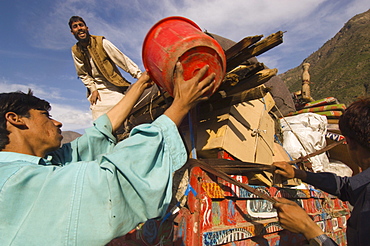
At the Meira tent camp for earthquake survivors, Pashtun men load their family's possessions onto a tractor trailer as they prepare to leave the camp, where they have spent the winter, the Allai Valley, Northwest Frontier Province, Pakistan.


